![]()
Approximately 1500 years ago the Arawak people of South America started to migrate northward into the Caribbean. In Puerto Rico they became the Taino Indians, translated as "the good people" in their language. During their religious, tribal and ceremonial activities, they were known to smoke cohoba, a hallucinate that "inspired" them to carve what we know today as petroglyphs.
Taino Indians had a social order with guidelines in which they lived by. In order to survive they would hunt, fish, cultivate crops and eat fruits provided by nature. There was no need for the small children to wear clothes. Once they reached puberty they wore small loin cloths. Puberty was also a time they were considered old enough to be married. The Taino had a strong respect for all living things, they knew that all living things were connected.
In 1492, Christopher Columbus met the Taino Indians in the Caribbean. Being strong swimmers, they swam out to the ships to meet the travelers. As it was their custom, they brought food, drinks and gifts to them. Columbus wrote in his journal that same night, that he thought the Taino were handsome, strong well-built and peaceful people.
Petroglyphs were created on rock surfaces by incising, pecking, carving or abrading. The word petroglyph is derived from Greek "petros" meaning stone and "glyphein" meaning to carve. Petroglyphs are the most predominate form of rock art, found all over the world from many different tribes.
![]()


In Arecibo, Puerto Rico there is La Cueva del Indio, the Cave of the Indians. These caves are on the northern coast and along the water. The Department of Natural Resources now oversee these Indian caves. These petroglyphs have been authenticated to be dated Pre-Columbian time and are the largest number of petroglyphs found along the coastal zone of Puerto Rico.
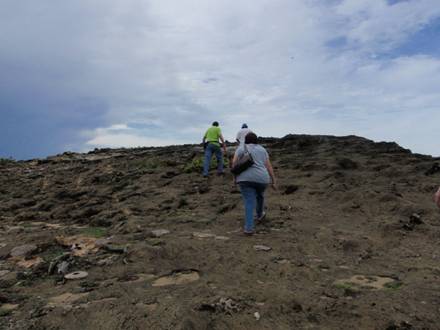

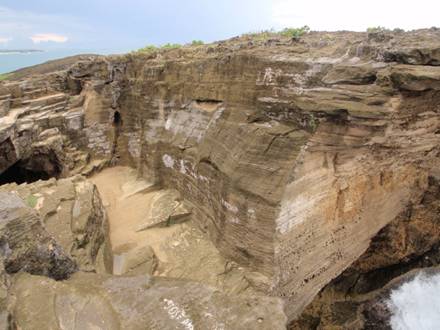
Access to La Cueva del Indio is rugged and can be dangerous. But it is most definitely worth the effort.
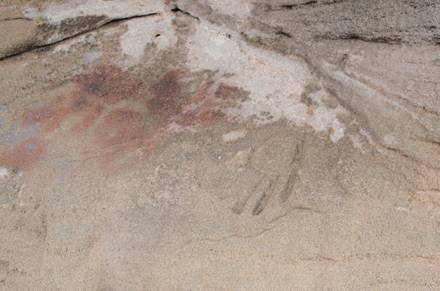
Although this is not technically a petroglyph, I found it amazing. There is a hand print petrified in sand on the side of this rock. A Taino would sit here (on the red area) and place his left hand in the hand print and say his prayers.

This petroglyph was inside a hole in the ground that you can see down into the caves. If you look closely enough there is a petroglyph on the side of the wall.
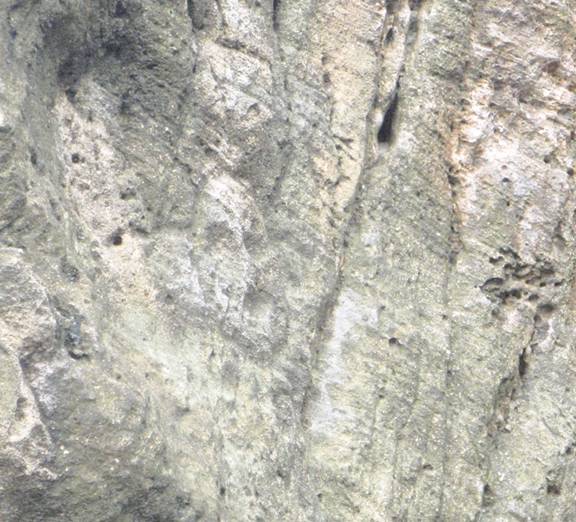
If you look closely you can see a "surprised face (:o)" in the side of this rock (just to the left of the middle). It amazes me how this was accomplished. The side of this rock is not reachable.
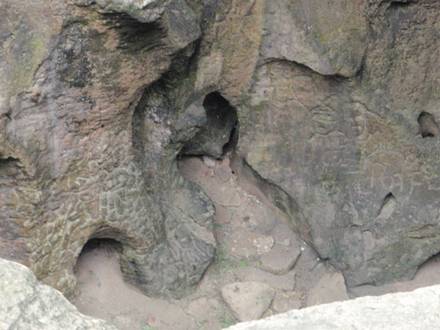
This picture contains many petroglyphs above and around the holes at the bottom of this cave. It is said that the dead are buried in these holes.
The views from the top of the caves are beautiful! Here are some of those views.
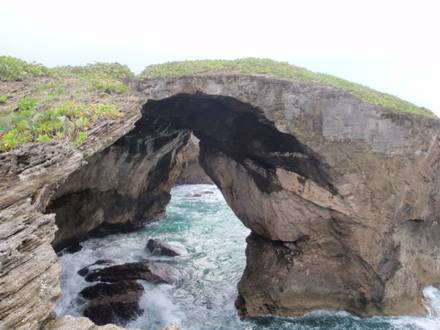



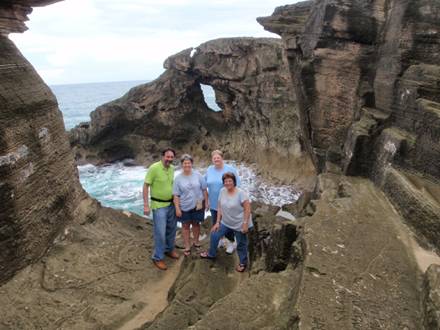
This is me (in shorts) along with my Uncle, who lives in Puerto Rico, as well as my mom and friend.
![]()
For more information on the Taino, please see Taino Indian Culture.
For more information on petroglyphs, please see American Rock Art Research Association.